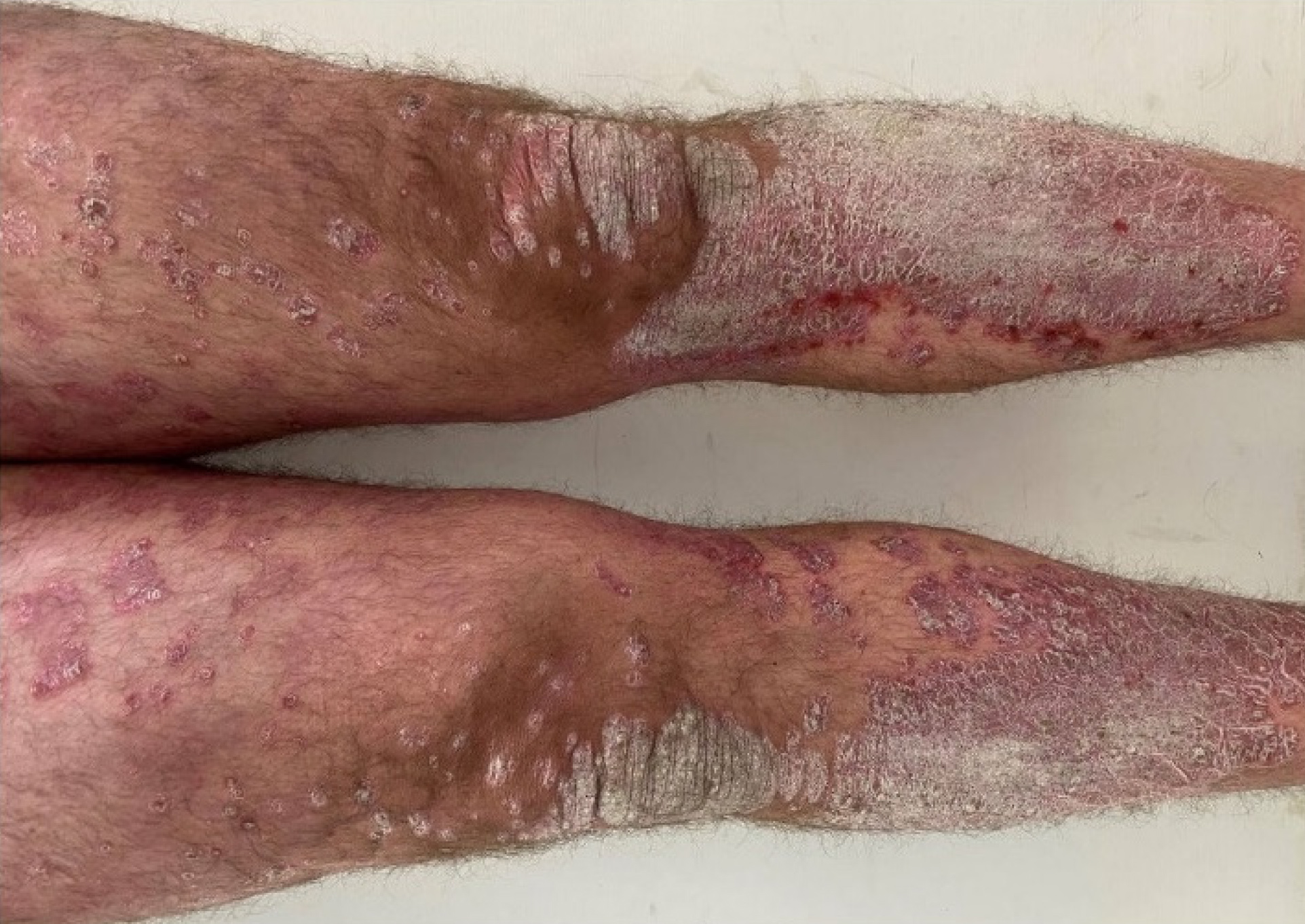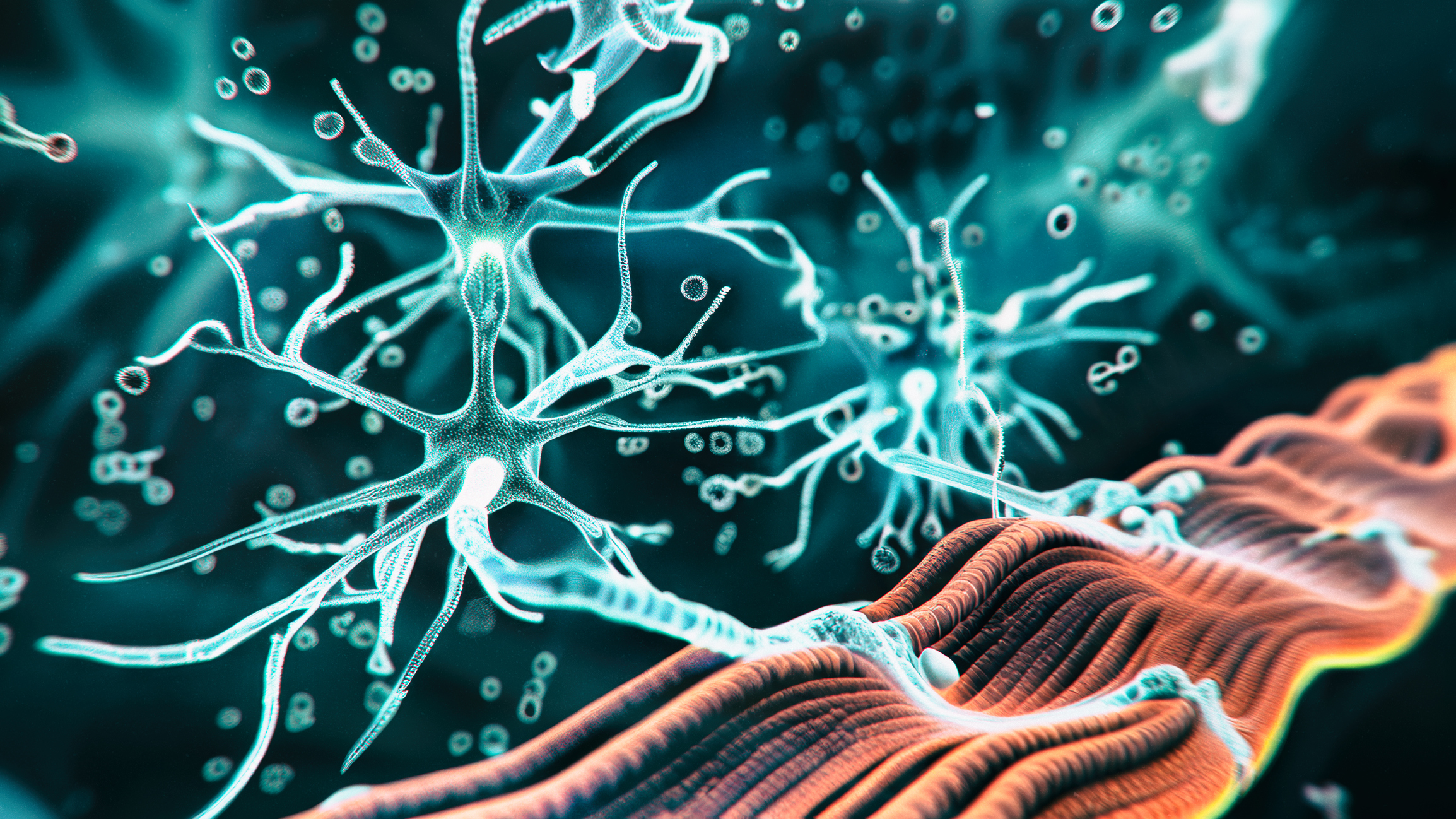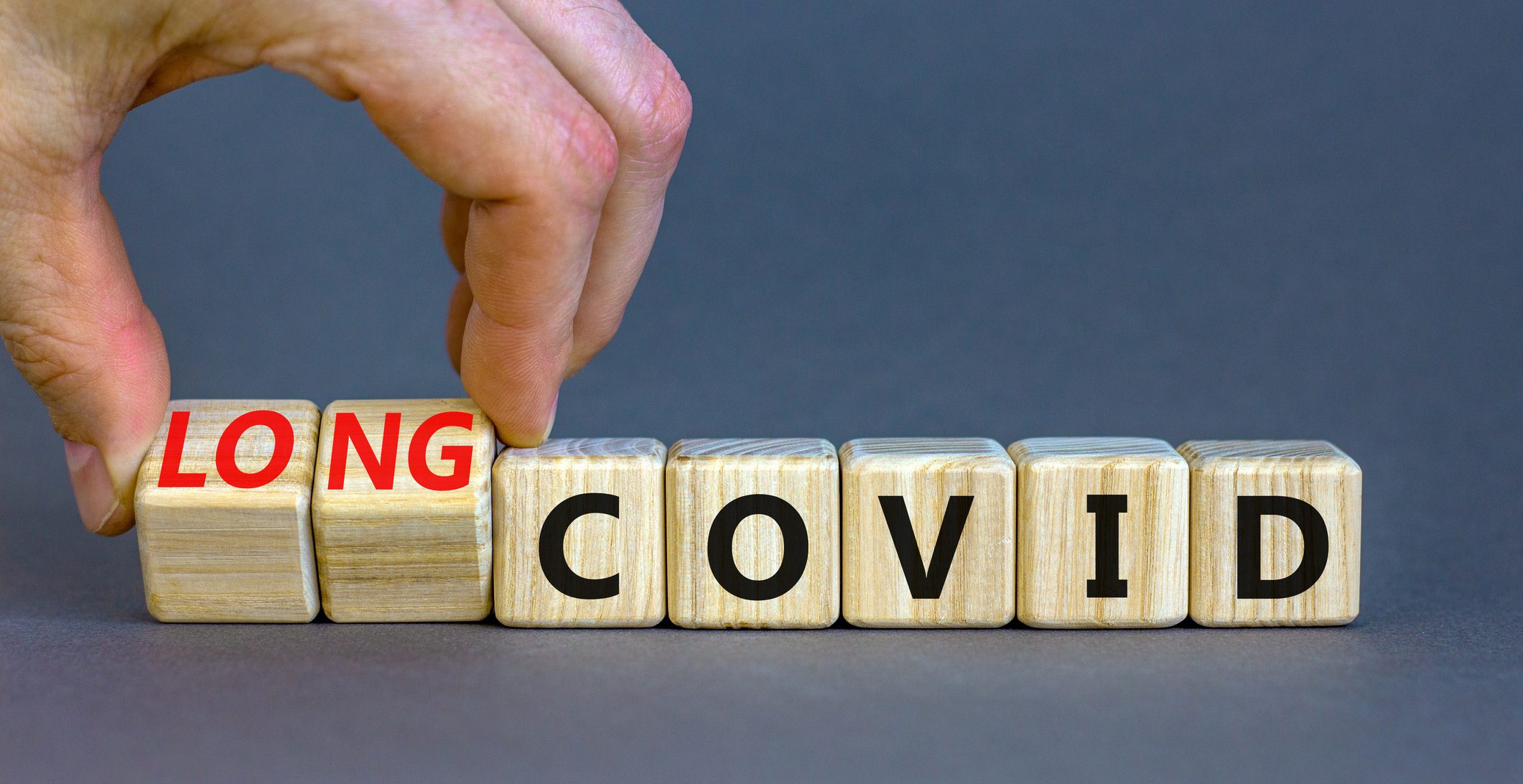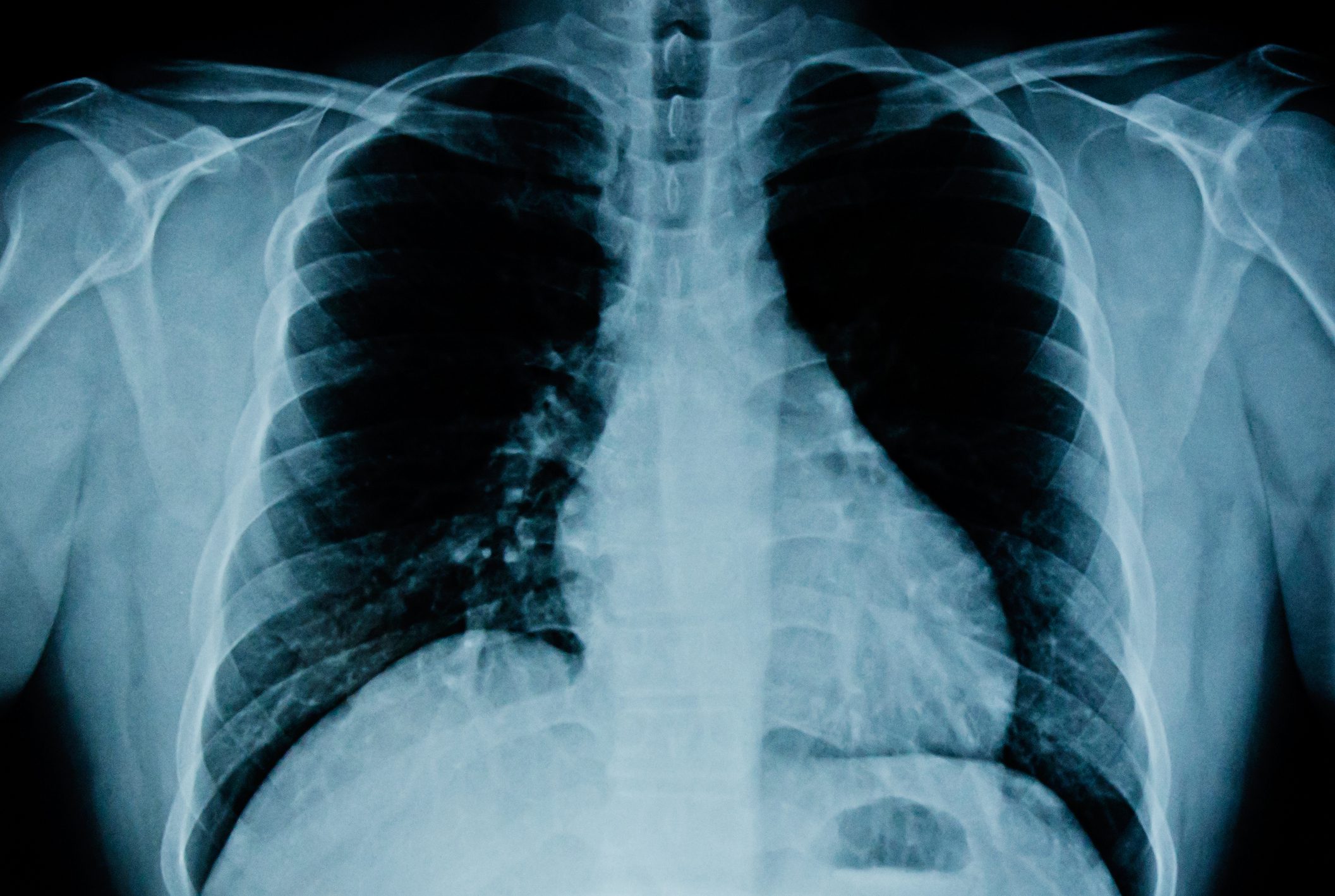What has happened in drug therapy for epilepsy in the last two years? Prof. Hamer from Erlangen provided information about this at the annual meeting of the German and Austrian Societies for Epileptology and the Swiss Epilepsy League.
If at least two unprovoked seizures occur within 24 hours of each other, a diagnosis of epilepsy can be made. The same is true for an unprovoked seizure, which is associated with a sixty percent chance of recurrence in the next ten years (i.e., a similar risk of relapse as after two seizures) [1]. However, the 60% risk of recurrence is a statistical variable that is difficult to grasp operationally. In a study published in 2015, Lawn and colleagues showed that this risk is strongly time-dependent: After only twelve seizure-free weeks, none of the nearly 800 epilepsy patients studied met this definition criterion [2]. Therefore, the German guideline recommends an approach as shown in Figure 1.

When to treat with medication?
Therapy after a single epileptic seizure without additional findings is not mandatory, but is initiated only at the patient’s request – for example, if the patient feels that his or her job is at risk. For Prof. Dr. med. Hajo Hamer from the Epilepsy Center of the University Hospital Erlangen (D), the individual experience of the patient counts: “Even if someone has only a 30% risk of relapse: Some decide that they do not want to bear this risk”.
Initiation of therapy as early as after the first seizure is also justified if MRI/EEG findings or a corresponding family history indicate increased epileptogenicity. Ultimately, the recommendation of therapy after a first seizure remains a decision that is made on an individual basis, taking into account the risk of relapse. Multiple seizures, on the other hand, should be treated. Without therapy, the risk of recurrence increases [1].
Drug treatment with anticonvulsants is not aimed at “curing” epilepsy, but serves to control the symptoms. The primary goal is to achieve freedom from seizures and at the same time good tolerability of the drug. Side effects such as dizziness, fatigue, diplopia, hypersensitivity reactions and long-term intolerance should be avoided as much as possible. New anticonvulsants are characterized by better tolerability and fewer interactions [1,3].
Compared to other chronic brain diseases, epilepsy can also be well controlled in the long term. Half of all adult patients become seizure-free with the first medication, and another 20% achieve this goal after a change in medication. As a rule, however, epilepsy patients must be treated with medication throughout their lives. With increasing age, therefore, increased attention must be paid to comorbidities as well as the potential for drug interaction [1].
Is cannabidiol the “silver bullet”?
For several years, cannabidiol (CBD) has been studied in various therapeutic contexts, including the treatment of epilepsy. A recently published randomized, double-blind placebo-controlled multicenter trial attested to CBD’s significant efficacy in treating patients with Lennox-Gastaut syndrome (LGS). Patients with LGS, a rare but severe form of epilepsy, are often refractory to therapy. Administration of 20 mg/kg CBD showed a mean reduction in monthly seizure rates of 43.9% versus placebo (21.8%) in LGS patients (n=171). Long-term data regarding efficacy and safety are currently being collected [4].
Cannabidiol has also been shown to be effective in patients with Dravet syndrome. Under 20 mg/kg CBD, the mean frequency of convulsive seizures dropped from 12.4 to 5.9, while it decreased from 14.9 to 14.1 in the placebo group. The proportion of patients with at least a fifty percent reduction in convulsive seizures was 43% with CBD and 27% with placebo. Seizure freedom was achieved with CBD in 5% of the 120 patients studied, compared with 0% with placebo [5].
Nevertheless: “A new league of effectiveness was not opened there”, remarks Prof. Hamer, although he looks forward to the European approval of cannabidiol for the therapy of LGS and Dravet with interest. The active ingredient has already been approved in the USA. But there is a catch. CBD is pharmacokinetically difficult because it acts hepatically and is an enzyme inhibitor, which may result in adverse interactions with other drugs.
Hope perampanel
Little has happened in pharmacological research for the treatment of epilepsy in the last three years – with one exception. Prof. Hamer summarizes: “In the future, we will have to be familiar with five to six drugs. Perampanel will be one of them”.
Perampanel is a selective, non-competitive antagonist that specifically blocks AMPA receptors. These are responsible for mediating the excitatory neurotransmitter glutamate. A retrospective, multicenter observational study of 149 patients with idiopathic generalized epilepsy collected real-world data on the efficacy of perampanel during one year. After 12 months, seizure freedom was 59% with respect to all seizures, 63% for tonic-clonic seizures, 65% for myoclonic seizures, and 51% for absence seizures. There was also a significant reduction in frequency, compared with baseline, of 78% (tonic-clonic), 65% (myoclonic), and 48% (absence). Thus, perampanel showed a relevant effect regardless of the particular epilepsy syndrome. Although it developed these independently of concomitant or previously administered anticonvulsants, seizure freedom was higher when the agent was administered as an early add-on. About half of the patients studied reported mild or moderate side effects such as hypersensitivity, drowsiness, and dizziness [6].
Like lacosamide, perampanel is therefore likely to become one of the few broadly effective anticonvulsants. Currently, these include only levetiracetam, lamotrigine, valporate, topiramate and phenobarbital.
However, the study showed not only a promising efficacy profile of perampanel, but also that even low doses lead to good symptom control. “This is definitely a paradigm shift,” Prof. Hamer said. “We can dare to dose low”.
Which combination is the best?
For focal epilepsies, lamotrigine and levetiracetam are recommended as initial therapy because they have a lower interaction potential and better tolerability. However, significant efficacy differences with oxcarbazepine, eslicarbazepine acetate, lacosamide, and zonisamide do not exist. Generalized epilepsies are treated with valproic acid according to guidelines. Alternatively, lamotrigine, levetiracetam (as an add-on), perampanel, and topiramate can be used [1].
There is still no evidence that one combination is superior to the other. Incidentally, this was also shown with regard to perampanel (Fig. 2) . An exception is the duo lamotrigine and valporate. However, weak evidence exists that combinations of agents with the same mechanism of action are less effective than those with different mechanisms of action [7]. If anticonvulsants are combined, attention should be paid to pharmacokinetic and pharmacodynamic interaction potentials. Levetiracetam is particularly well suited as a starting substance, as it can be combined with all approved anticonvulsants. In addition to the patient’s individual situation (patient wishes, comorbidities, comedication, etc.), the seizure situation and any side effects are decisive in the choice of therapy [1].

Avoid manufacturer change!
Cost pressures in the healthcare system often force patients to resort to less expensive generics. However, differences in the bioavailability of the preparations must be taken into account. The bioavailability of a generic drug may be 25% above to 20% below that of the original. If the patient switches between two generics, there is a risk that this value will be exceeded or undercut. To avoid this, the change must be prepared in a careful analysis and the patient must be informed about possible risks. In any case, it is inadmissible to jeopardize seizure freedom for financial reasons [1].
Source: Annual Epilepsy Conference 2019, Basel
Literature:
- Elger CE, et al: S1 Guideline. First epileptic seizure and epilepsies in adulthood. 2017. www.awmf.org/leitlinien/detail/ll/030-041.html, last accessed 5/28/19.
- Lawn N, et al: Is the first seizure epilepsy – and when? Epilepsia 2015; 56(9): 1425-1431.
- Perucca P, Gilliam FG: Adverse effects of antiepileptic drugs. Lancet Neurol 2012; 11(9): 792-802.
- Thiele EA, et al: Cannabidiol in patients with seizures associated with Lennox-Gastaut syndrome (GWPCARE4): a randomised, double-blind, placebo-controlled phase 3 trial. Lancet 2018; 391(10125): 1085-1096.
- DevinskyO, Cross JH, Wright S: Trial of Cannabidiol for Drug-Resistant Seizures in the Dravet Syndrome. N Engl J Med 2017; 377(7): 699-700.
- Villanueva V, et al: Perampanel in routine clinical use in idiopathic generalized epilepsy: The 12-month GENERAL study. Epilepsia 2018; 59(9): 1740-1752.
- Margolis JM, et al: Effectiveness of antiepileptic drug combination therapy for partial-onset seizures based on mechanisms of action. JAMA Neurol 2014; 71(8): 985-993.
- Mølgaard-Nielsen D, Hviid A: Newer-generation antiepileptic drugs and the risk of major birth defects. JAMA 2011; 1996-2002.
- Tomson T, et al: Comparative risk of major congenital malformations with eight different antiepileptic drugs: a prospective cohort study of the EURAP registry. Lancet Neurol 2018; 17(6): 530-538.
InFo NEUROLOGY & PSYCHIATRY 2019; 17(4): 26-27 (published 6/20/19, ahead of print).













